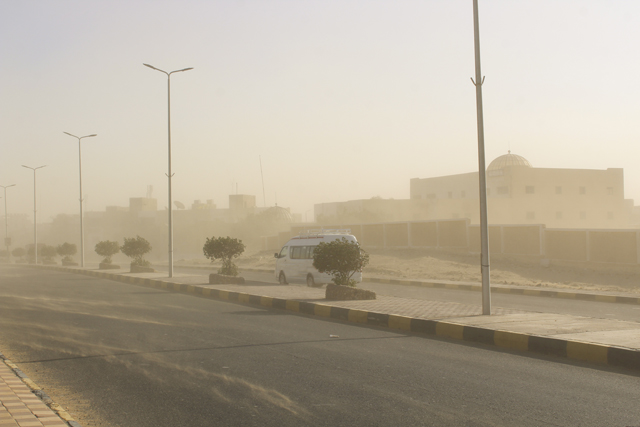Air Pollution’s Connection to Infant Mortality | UC San Diego News

A new study co-authored by CEGA affiliates Jen Burney and Marshall Burke indicates that rising dust pollution in Sub-Saharan Africa is associated with higher rates of infant mortality. This finding has serious implications for the health effects of air pollution, but could clarify which public policy solutions are most effective.
“COVID-19 has largely spared children so far, but a growing risk threatens them in many parts of the world. A new study from the University of California San Diego and Stanford quantifies air pollution’s impact on infant mortality in sub-Saharan Africa through a unique approach that paints a clearer picture of the problem than ever before. The paper, published on June 29 in Nature Sustainability, reveals how a changing climate might intensify or mitigate the problem, and points to seemingly exotic solutions that could be more effective and affordable than current health interventions.
“Children under five are particularly vulnerable to the tiny particles, or particulate, in air pollution that can have a range of negative health impacts, including lower birth weight and impaired growth in the first year of life,” said Jennifer Burney, co-author of the study and associate professor environmental science at the School of Global Policy and Strategy. “In developing regions, exposure to high levels of air pollution during childhood is estimated to reduce overall life expectancy by 4-5 years on average.”
In addition to Burney, the paper was co-authored by Kara K. Voss, a recent graduate from Scripps Institution of Oceanography, who earned a PhD in climate science in May.
The study’s senior author Marshall Burke, is an associate professor of Earth system science in Stanford’s School of Earth, Energy & Environmental Sciences.”

